Introduction
Basically, timber or Lumber is a wood or firewood of growing trees. Any wood capable of yielding a minimum dimensional size can be termed as a timber or lumber.
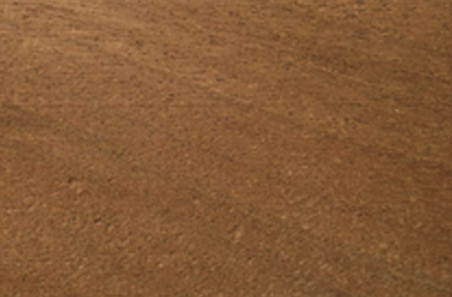
Dibetou
The wood is yellow brown or grey brown with black streaks or veins taking a golden glint.
The grain is interlocked and the texture is fine.
Its average weight is approximately 560kg/m3 when dry.
Dibetou can be used for several applications such as; high class furniture, seats, panelling, sliced veneer, veneer, joinery, light carpentry.
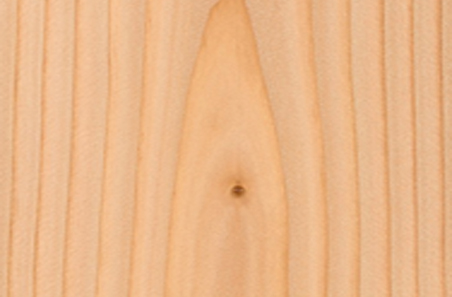
Douglas Fir
Can vary in color based upon age and location of tree. Usually a light brown color with a hint of red and/or yellow, with darker growth rings. In quartersawn pieces, the grain is typically straight and plain. In flatsawn pieces, the wood can exhibit wild grain patterns. Despite being a softwood, it possesses features that enable it to be used in tasks mostly meant for hardwoods.
Its average weight is approximately 530kg/m3 when dry.
It can be used for flooring, trim and joinery, boatbuilding and native ships, furniture making, and aircraft making.

Ebony
Ebony is rated as very durable, though susceptible to insect attack. It is known for making quality cabinet work, inlaying, musical instrument parts, and ornamental objects. It gives a great dark appearance, Ebony is good resistance to termites and insects.
Ebony is a superior wood species. It is expensive and the most demanding wood. Ebony is used for many purposes. It is famous for its high density, dark color, and durability
Its average weight is approximately 720kg/m3 when dry.
It is used for furniture, instrumental musical parts, decorative objects, and tool handles.
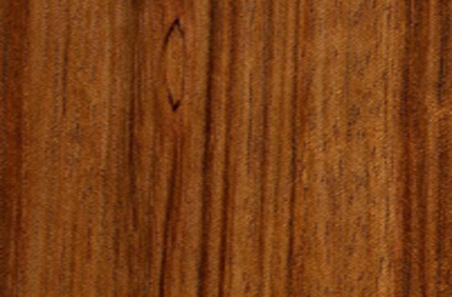
Etimoe
The heartwood is reddish-brown to grey brown and features definite black to reddish veining or striping. Etimoe has a straight to interlocked grain, with a fine and even texture. Etimoe, like rosewood, finishes beautifully. The wood glues well also.
Its average weight is approximately 680kg/m3 when dry.
It is mainly used for fine furniture, cabinetry, flooring, ship and boat building, vehicle bodies, joinery, turnery, some heavy construction.
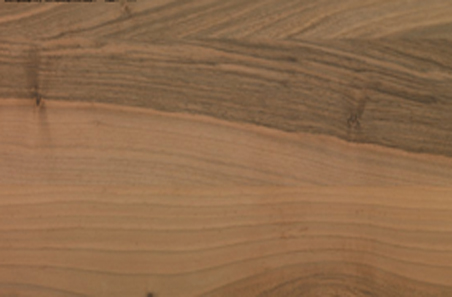
European Walnut
Walnut varies very considerably in color; the sapwood is a pale straw color, clearly defined from the heartwood which is greyish-brown, but infiltrations of coloring matter produce a darker-color streaky figure to the wood, sometimes irregular distribution throughout the heartwood.
Its average weight is approximately 670kg/m3 when dry.
It is mainly used for furniture, decorative veneer, bank fittings, rifle stocks, fancy goods and turnery.
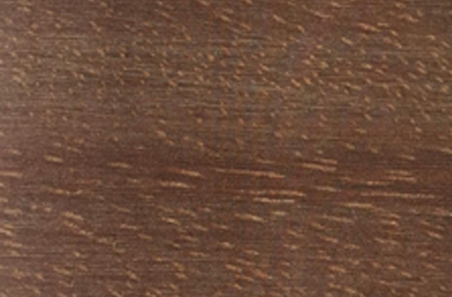
Frake
The wood is light yellow and does not have demarcated sapwood. The grain is straight or interlocked and the texture is medium. The blunting effect is normal (sometimes quite high) and peeling and slicing is reported to be good.
Its average weight is approximately 550kg/m3 when dry.
It can be used for several applications such as: Interior; e.g., furniture, seats, paneling, boxes and crates, veneer, wood-ware, joinery, moulding, light carpentry, fiber and particle boards, sliced veneer. Also, for exterior; e.g., wood frame house.
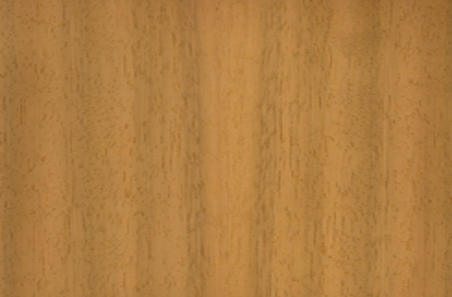
Iroko
Heartwood is usually a yellow to golden or medium brown, with color tending to darken over time. Iroko is very durable, and is resistant to both rot and insect attack; it’s sometimes used as a substitute for Teak.
Given the high prices of genuine Teak, Iroko could be considered a low-cost alternative. The wood is stable, durable, and has an overall look that somewhat resembles Teak.
Its average weight is approximately 660kg/m3 when dry.
Its common uses are: veneer, flooring, furniture, cabinetry, boatbuilding, turned items, and other small specialty wood items.
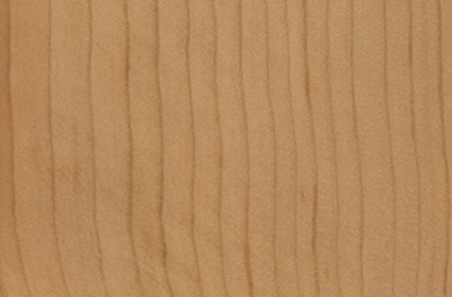
Katrani
The famous cedar of Lebanon. The timber of the true cedar is similar in color for all species; the heartwood is light brown, usually distinct from the narrow light-colored sapwood. The wood has a pungent cedar odor, and growth rings marked by the contrast between early-wood and dense late-wood zones.
Its average weight is approximately 580kg/m3 when dry.
It is mainly used for joinery, construction, bridges, garden furniture, gates, fences, doors, furniture, railway sleepers, according to quality of the timber.

Lime
The lime tree is characterized by light heartwood, white-yellow with reddish-brown shades. Lime wood is easy to cut and plan and simple to flay and bend. This makes it the ideal material for carving and turning and easy to split. However, the surfaces that emerge are not smooth. Bonding is not always satisfactory, but nails and screws hold up well. After grinding, surfaces can be polished well. Staining, painting and varnishing are also no problem.
Its average weight is approximately 560kg/m3 when dry.
In addition to its use in the production of furniture, lime wood is used in the manufacture of cuckoo clocks, toys, musical instruments, wooden shoes.
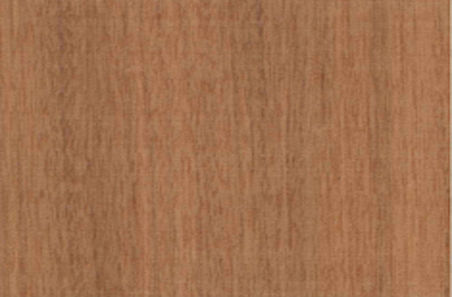
Mansonia
Mansonia is easy to work with hand and machine tools with little or only moderate blunting effect on cutting edges and no charring. The surface can be worked to a good finish. The wood holds nails and screws fairly well, but iron tends to corrode in contact with the wood. Gluing properties are good. The wood takes stain and polish well.
Its average weight is approximately 610kg/m3 when dry.
It is used for general and high-class joinery, cabinet work, furniture, turnery, decorative veneer and handicrafts. It is also used in construction for doors and windows, in railway coaches and shop fittings, and for boxes and crates. Well-coloured wood resembles American black walnut and is commonly used as a substitute, e.g. for gun stocks and grips, musical instruments and loudspeaker enclosures.

Maple
Maple wood is commonly used in high-end furniture, flooring, cabinetry, and kitchen accessories. Because of its durability and strength, maple can be found used as flooring in bowling alleys and for bowling pins. It was also once a popular choice for wood baseball bats before being largely replaced by Ash, which is equally as strong but more lightweight.
Its average weight is approximately 690kg/m3 when dry.
It’s unique color, smooth grain, and strength make maple a popular choice among woodworkers of all types. In its natural state, it can totally brighten a room, yet stained maple looks equally gorgeous and can be dressed up to suit any preferred style. Maple wood also tends to get chosen when durability is a concern because it can take a beating.
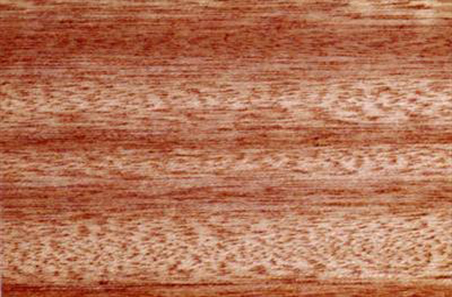
Meranti
Meranti is one of the simpler hardwoods with which to work. It effectively machines, cuts, plants, and sands. It has good nailing and sticking properties.
Its average weight is approximately 580kg/m3 when dry.
It is mainly used for veneer and plywood, joinery, flooring, furniture and cabinetwork, general development, and boatbuilding.